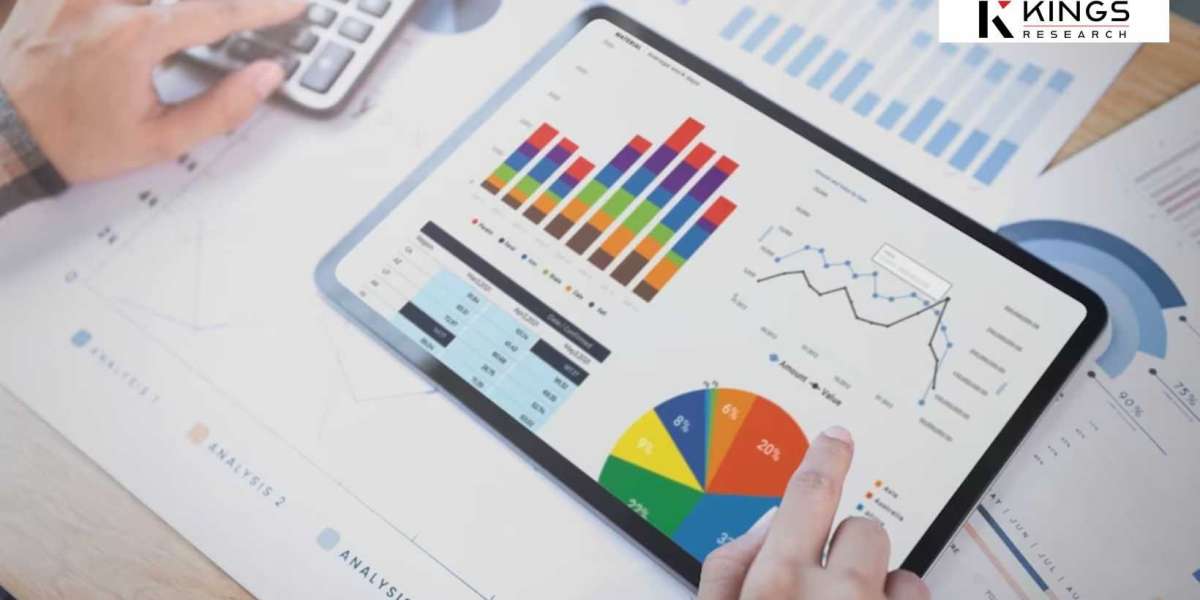The global sustainable fashion market, valued at USD 7,070.6 million in 2023, is projected to nearly double by 2031, reaching an estimated USD 13,513.9 million, according to a comprehensive report by Kings Research. This growth is driven by increasing consumer awareness, regulatory pressures, and advancements in sustainable production technologies.
Key Market Drivers
1. Consumer Awareness and Ethical Values: The rising concerns over environmental conservation and ethical labor practices are pivotal in driving the sustainable fashion market. Consumers today are more informed about the detrimental impacts of the fashion industry on the environment, particularly regarding pollution and waste. This awareness is shifting consumer behavior towards more eco-friendly and ethically produced fashion items, compelling brands to adopt sustainable practices. The transparency in supply chains and use of eco-friendly materials are becoming standard practices for brands aiming to align with consumer values.
2. Regulatory Pressures: Stringent environmental regulations, especially in regions like Europe, are fostering sustainable practices within the fashion industry. These regulations are not only pushing brands to innovate but also to publicly commit to sustainability through certifications and comprehensive sustainability reports.
3. Technological Advancements: Innovations in sustainable materials and production processes are making it easier for brands to incorporate eco-friendly practices without significantly raising costs. Technologies facilitating the large-scale production of recycled and organic fabrics are particularly notable.
Market Trends
Circular Economy: A significant trend in the sustainable fashion market is the shift towards a circular economy. This model emphasizes recycling, upcycling, and waste reduction. Strategies such as garment rental services, resale platforms, and closed-loop production systems are being increasingly adopted to minimize environmental impact and enhance resource efficiency throughout the supply chain.
Transparency and Traceability: Consumers are demanding greater transparency in how and where their clothes are made. This demand for supply chain visibility includes details on the origins of materials, the manufacturing processes, and the overall environmental and social impacts. Brands are responding by disclosing sourcing practices and adhering to certifications that build consumer trust and showcase their commitment to ethical practices.
Market Segmentation
By Product Type:
- Apparel: Leading the market, with a valuation of USD 3,524.7 million in 2023. The apparel segment's dominance is attributed to the broad adoption of sustainable practices and materials.
- Footwear and Accessories: Also showing significant growth as consumers look for sustainable options in all aspects of fashion.
By Fabric Type:
- Organic/Natural Fabric: Captured the largest revenue share (40.89%) in 2023, driven by consumer preference for materials that reduce pollution and preserve biodiversity.
- Recycled and Regenerated Fabrics: Gaining traction due to their environmental benefits and innovations in textile recycling technologies.
Regional Insights
Europe: Leading the sustainable fashion market with a valuation of USD 2,551.8 million in 2023. The region's stringent environmental regulations and high consumer awareness levels are major growth drivers.
Asia-Pacific: Projected to be the fastest-growing region with a CAGR of 10.77% from 2024 to 2031. Factors such as the growing population, increasing environmental consciousness, and supportive government initiatives are propelling the market forward in this region.
Competitive Landscape
The sustainable fashion market is characterized by a fragmented landscape with key players like Levi Strauss Co, Patagonia, Stella McCartney, PACT, Tentree, and others leading the charge. These companies are focusing on partnerships, mergers, and acquisitions, as well as investing in RD to innovate and expand their sustainable product offerings. Notable initiatives include collaborations to promote circular fashion and the use of sustainable materials.
Conclusion
The sustainable fashion market is poised for significant growth, driven by a combination of consumer demand, regulatory frameworks, and technological advancements. As brands continue to innovate and align with sustainability goals, the market will likely see continued expansion and increased adoption of eco-friendly practices.








